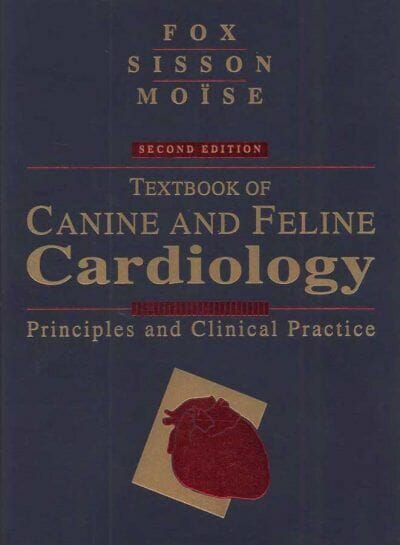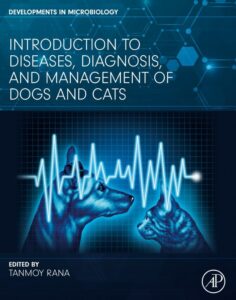I. The Normal Heart: Cardiovascular Structure, Function, and Physiology.
1. Embryologic Development: The Heart and Great Vessels
2. Cardiovascular Anatomy
3. Normal Cardiovascular Physiology
II. Examination of the Patient with Cardiovascular Disease.
4. The History
5. The Physical Examination
III. Diagnostic Methods.
6. Electrocardiography
7. Radiology
8. Echocardiography and Doppler Imaging
9. Cardiac Catheterization and Angiocardiography
10. Nuclear Imaging, Computed Tomography, and Magnetic Resonance Imaging of the Heart
IV. Abnormal Cardiovascular Function and Principles of Therapy.
11. Pathophysiology of the Failing Heart
12. Management of Heart Failure: Principles of Treatment, Therapeutic Strategies, and Pharmacology
13. Pulmonary Edema
14. Pathophysiology and Monitoring of Shock
15. Treatment of Shock
16. Electrophysiologic Mechanisms for Arrhythmias
17. Pharmacology and Pharmacokinetics of Antiarrhythmic Drugs
18. Diagnosis and Management of Canine Arrhythmias
19. Diagnosis and Management of Feline Arrhythmias
20. Pacemaker Therapy
21. Cardiopulmonary and Cerebral Resuscitation
22. Syncope and Episodic Weakness
23. Prevalence of Cardiovascular Disorders
24. Congenital Heart Disease
25. Acquired Valvular Heart Disease in Dogs and Cats
26. Infectious Endocarditis
27. Myocardial Diseases of Dogs
28. Feline Cardiomyopathies
29. Pericardial Disease and Cardiac Tumors
30. Canine Heartworm Disease
31. Feline Heartworm Disease
VI. Effects of Systemic and Metabolic Disorders on the Heart.
32. Nutrition and Management of Cardiovascular Disease
33. Cardiac Manifestations of Systemic and Metabolic Disease
34. Hyperthyroidism and Other High Output States
35. Systemic Hypertension: Recognition and Treatment
VII. Cardiovascular Pathology.
36. Cardiovascular Pathology
37. Necropsy Techniques for the Heart and Great Vessels
VIII. Cardiovascular Surgery and Procedure.
38. Anesthesia and the Heart
39. Basic Cardiovascular Surgery and Procedures















![Ettinger’s Textbook of Veterinary Internal Medicine 9th Edition [PDF+Videos] Ettinger’s Textbook of Veterinary Internal Medicine 9th Edition [True PDF+Videos]](https://www.vet-ebooks.com/wp-content/uploads/2024/10/ettingers-textbook-of-veterinary-internal-medicine-9th-edition-100x70.jpg)

![Textbook of Veterinary Diagnostic Radiology 8th Edition [PDF+Videos+Quizzes] Thrall’s Textbook of Veterinary Diagnostic Radiology, 8th edition PDF](https://www.vet-ebooks.com/wp-content/uploads/2019/09/textbook-of-veterinary-diagnostic-radiology-8th-edition-100x70.jpg)






